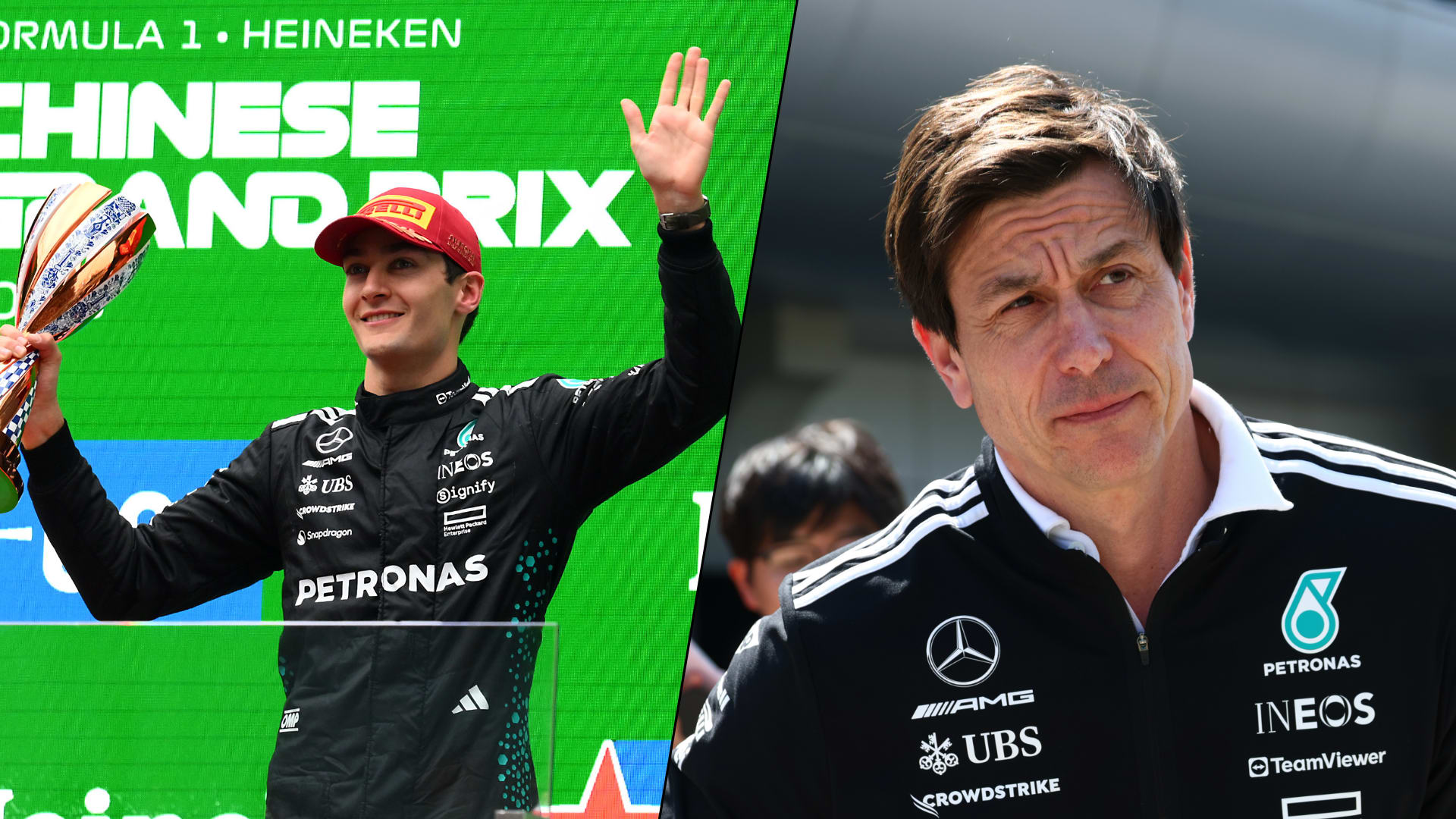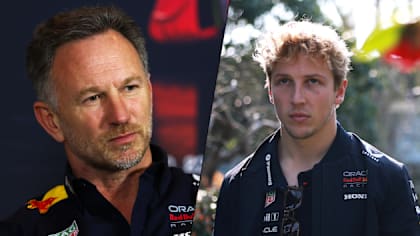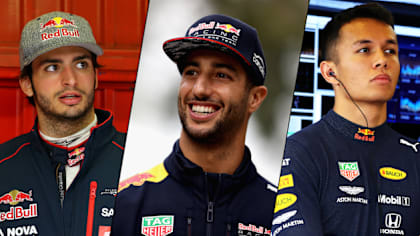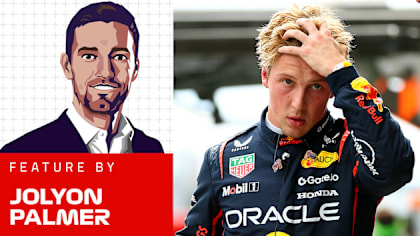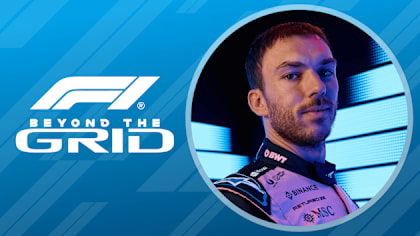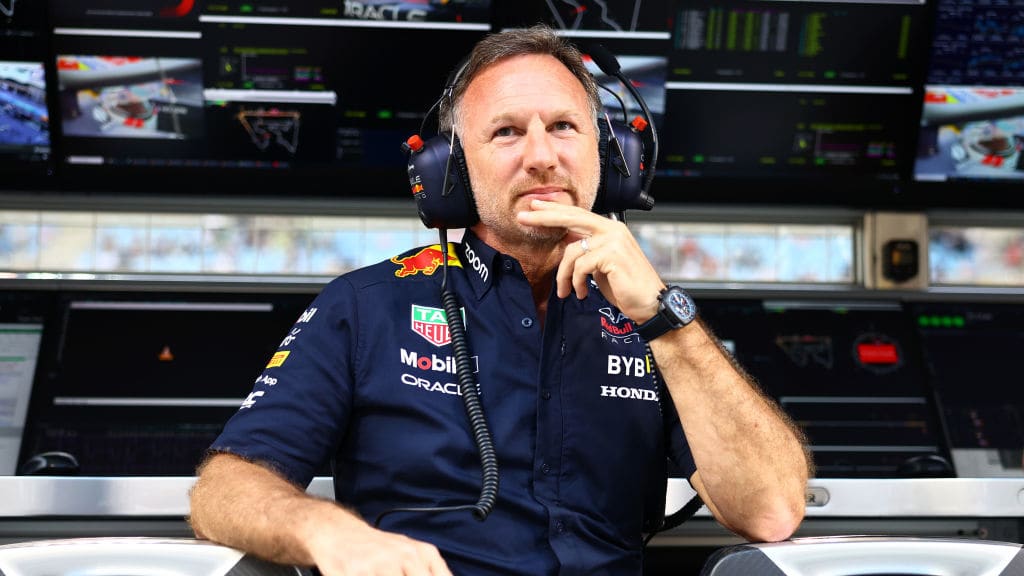
Feature
‘I’m fully expecting diminishing returns’ – Christian Horner on the 3 key challenges facing Red Bull in 2024
Share

Where do Red Bull go after a remarkable 2023? They won 95.4% of the races, Max Verstappen led over 75% of all laps, they had the fastest pit stops with an average of 2.5s and they moved just one short of Williams in terms of Grand Prix victories despite having competed in 400 fewer races.
But for Team Principal Christian Horner there is no time to bask in the glow of those achievements – he’s far too busy preparing to defend Red Bull’s crown, and explained to F1.com's Lawrence Barretto the biggest challenges facing his team going into this year…
Staying ahead of the pack
In 2023 Red Bull put on a crushing display that yielded a second successive constructors’ title (and sixth in total) plus a third straight drivers’ triumph for Verstappen. “I couldn’t have imagined it in a million years,” says Horner.
“I don’t think we’ll ever see a repeat, certainly not in our lifetimes, of what we managed to achieve [last] year with a car that’s managed the kind of dominance of RB19.”
That’s certainly what Red Bull’s rivals will be hoping as they head into this year’s campaign, which will see a record-breaking 24 Grands Prix.
The jury’s out as to whether that will be the case. On the one hand, Red Bull have the momentum and have a car that was comfortably better than anyone else’s on almost every track on the calendar. The counter is that with stable rules, they are higher up the development curve and thus in theory, have fewer gains to grab hold off relative to their rivals. Horner is leaning towards the latter as the more likely outcome.
Max Verstappen and Christian Horner accept world titles | FIA Prize-Giving Ceremony
“I’m fully expecting with stable regulations, [there’ll be] diminishing returns for us, because I think we got to the top of the curve quicker than others,” says Horner. “The field is going to converge. For us, it’s difficult to know who that will be. Will it be McLaren? Will it be Ferrari? Will it be Mercedes? It keeps moving around behind us. But that’s what we’re fully expecting going into [this] year.”
He adds: “There’s always a reset as you go into the following year. I’m convinced that you’ll see a lot more cars that look like the RB19 philosophy going into next year. If you stand still in this business, you tend to be going backwards. I think we have got up that curve quicker than others, but we’re into a law of diminishing returns.”
READ MORE: The design features that made the Red Bull RB19 so special
Red Bull are at a disadvantage regarding the amount of wind tunnel and CFD (computational fluid dynamics simulation) runs they are permitted relative to their rivals because of their success. The better you do, the fewer runs you get as per the rules.
It is for that reason that, while Red Bull turned their attention to this year’s machine very early – in part because they could see how competitive the RB19 was going to be – Horner still feels they’ve had to adapt the way they approach development.
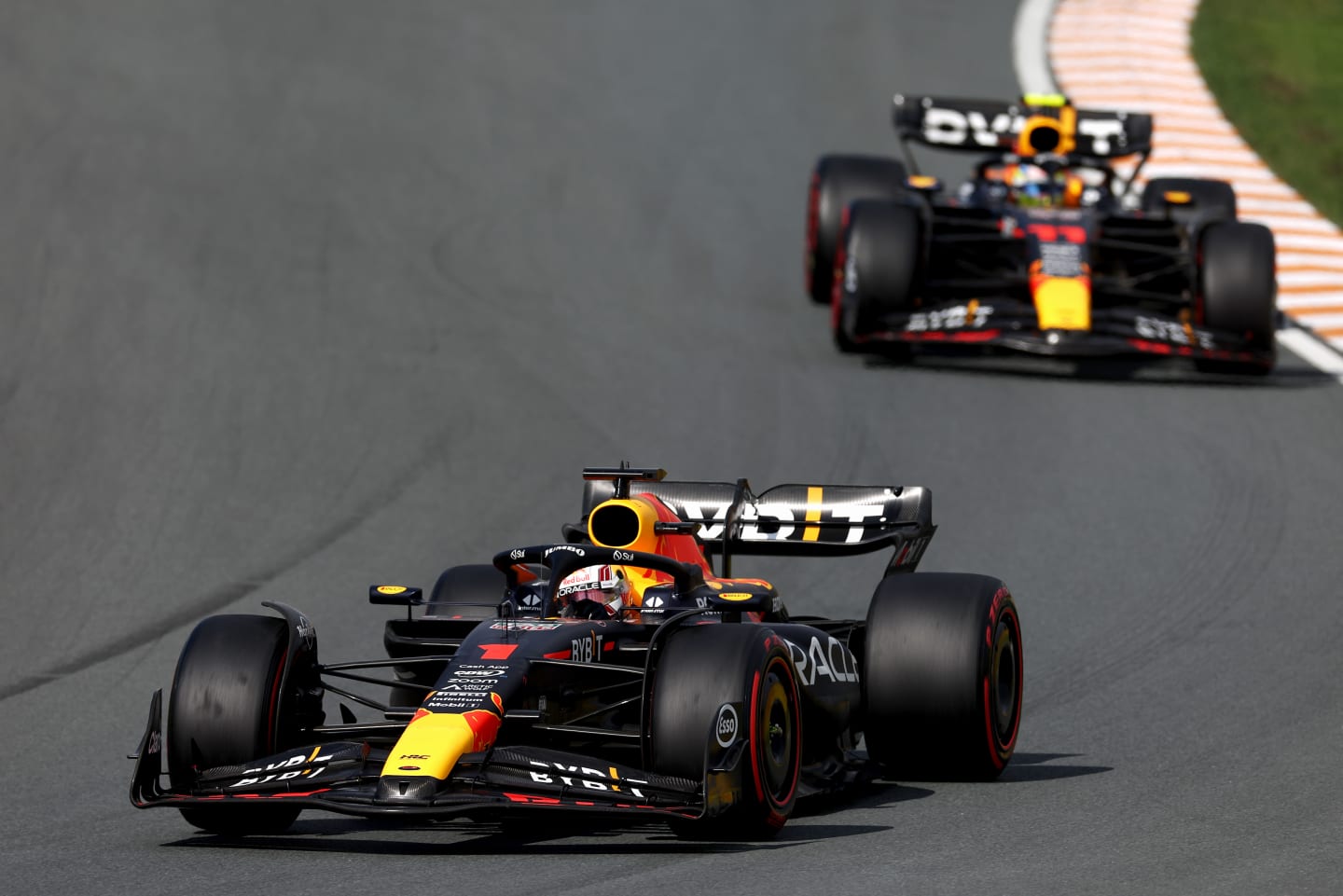
The new Red Bull will be an evolution of the hugely successful RB19
“With the lack of wind tunnel time that we’ve had, even though we transitioned early, we still had less time in practice than a great many of our opponents,” he says. “So, we’ve had to be very frugal and selective of where we apply that time for RB20, that will obviously try to build on the strengths of RB19.”
He adds: “[The RB20 is going to be] evolution, not revolution. I think all areas have been revisited in the car, and we can’t afford to have any complacency. The car is very much an evolution of a theme. We’re not reinventing the wheel.”
Preparing for the future
One area where Red Bull have long been trailing their rivals is in the wind tunnel stakes. Horner describes the Red Bull one as “a Cold War relic” that is “not particularly efficient, particularly in cold weather which you tend to get a bit in the UK”.
That has meant the technical team have had to be “selective” in where they channel their development. It makes what they have done with the RB19 – arguably the best car in F1 history – even more impressive.
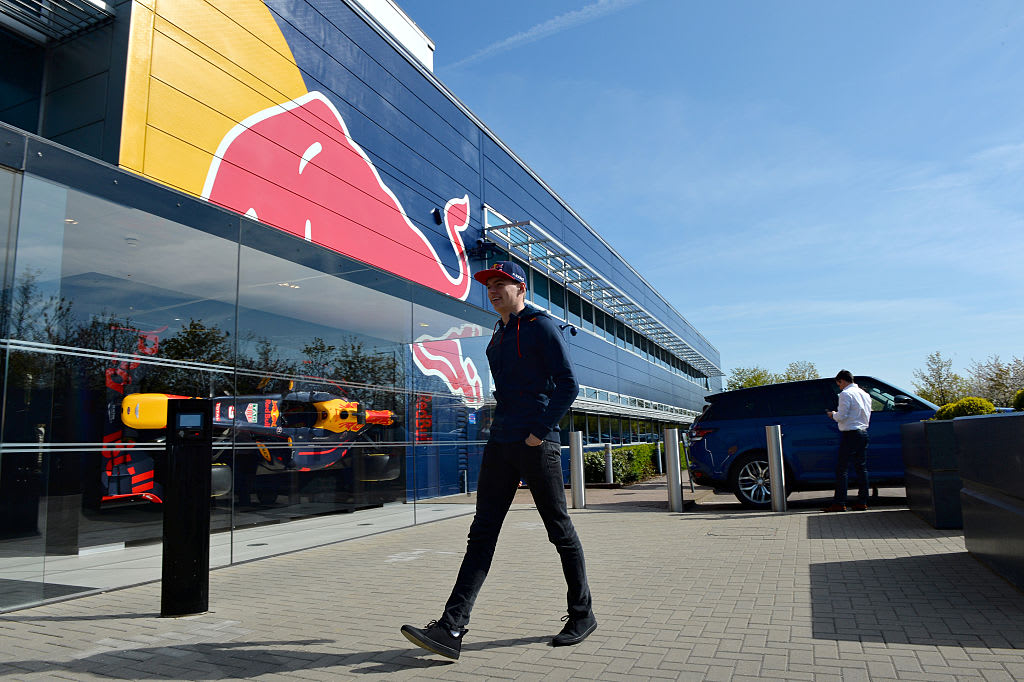
The Red Bull factory in Milton Keynes is expanding even more this year
To ensure they don’t fall further behind – especially given wind tunnels will likely be a key tool in development going forward in F1, with the likes of Aston Martin and McLaren investing in new state-of-the-art facilities – Red Bull have pulled the trigger and commissioned their own one that will be built on-site at their Milton Keynes campus and replace the facility they use in Bedford that is more than 70 years old.
Construction will start this year and it’ll be ready for 2026, with Horner saying the 2027 car – their second to run their own Red Bull Powertrains power unit, developed in conjunction with Ford who are returning to the sport – is set to be the first one to run in it.
This is further proof that Red Bull see a long-term future in F1, even after the passing of their co-founder and owner of the energy drinks firm Dietrich Mateschitz in 2022. Their Milton Keynes campus continues to grow – and is becoming so substantial, it’s almost starting to look like its own town.
“The commitment to the campus in the UK is extraordinary,” says Horner. “To have a state-of-the-art wind tunnel, something that we debated over the last 19 years, and see where we are at with [Red Bull] Powertrains, to have within a three-year period recruited close to 500 people and built a state-of-the-art facility with our own manufacturing ability – it’s a massive commitment by the shareholders, and it demonstrates their commitment to the longevity, but it also demonstrates that Formula 1 is delivering.”
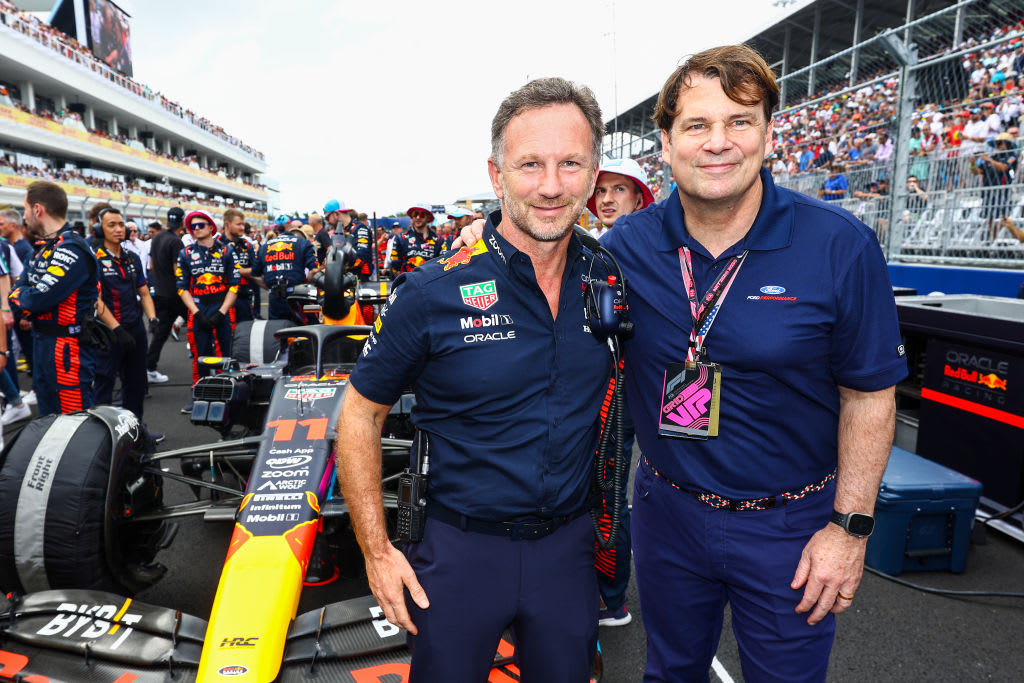
Red Bull boss Horner with Ford CEO Jim Farley as the partnership between the two firms ramps up ahead of 2026
Success on-track obviously helps Red Bull’s love and commitment to Formula 1 – but arguably even more importantly, Horner says the sport is delivering for the energy drinks’ bottom line. “We sold over 320 million cans off the back of Formula 1 activities,” he adds. “That would put Red Bull Racing in the top 10 countries of Red Bull [sales] – so Formula 1 delivers.”
Deciding on Verstappen’s future team mate
With Verstappen locked in until the end of 2028, Red Bull – to an extent – don’t have to worry much about their driver line-up, not least because Verstappen scored enough points by himself to win the constructors’ championship last year.
They are also in the very fortunate position that they have a suite of drivers within the Red Bull driver pool that they can call upon, including Daniel Ricciardo, Yuki Tsunoda and Liam Lawson – and a very long list of interested parties outside of the family.
And, of course, they have the option of keeping Sergio Perez, who finished a career-best second in the championship last year and ensured Red Bull clinched their first one-two finish in the standings. Horner says it is up to the 33-year-old Mexican to prove he deserves a new contract.
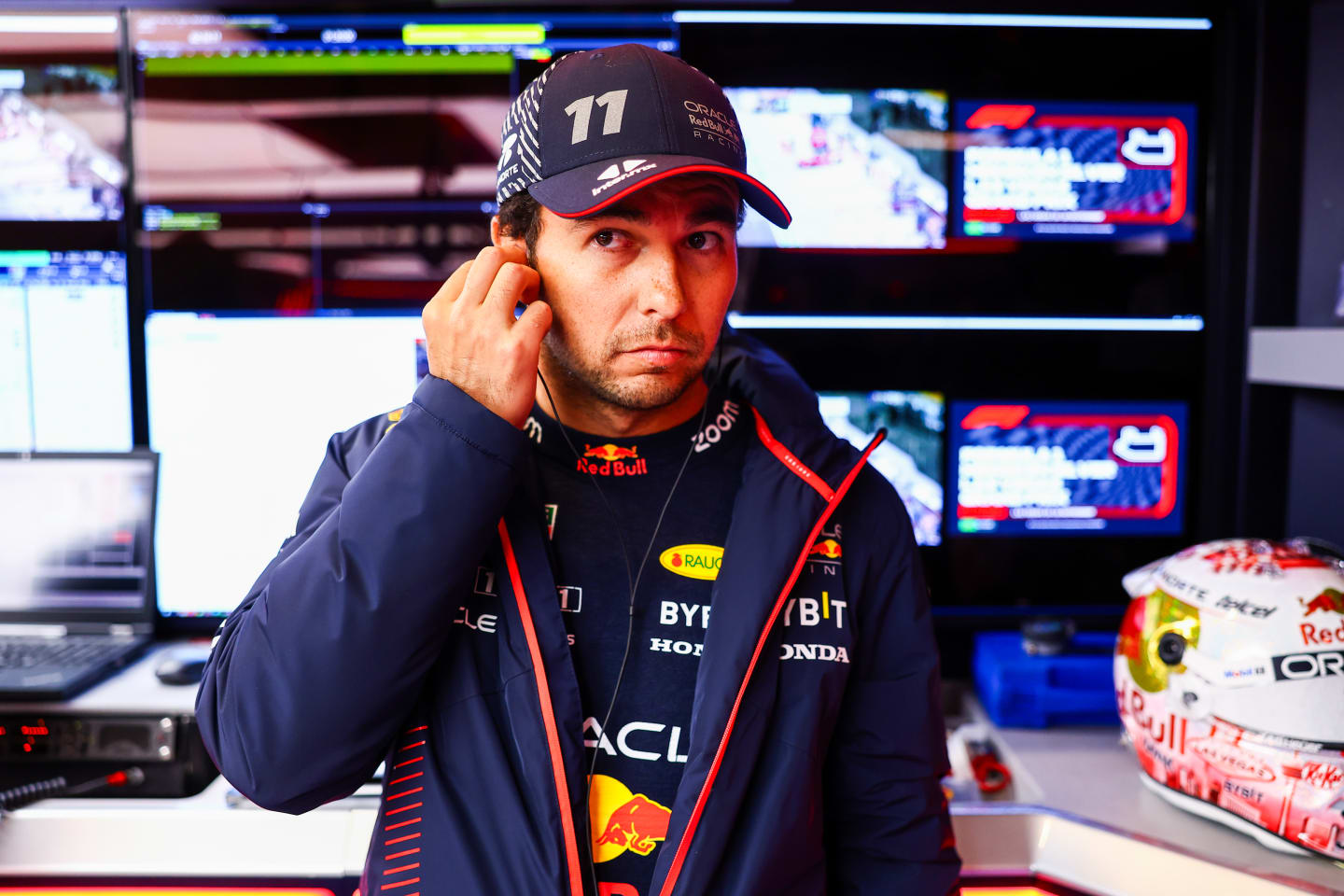
Can Sergio Perez do enough this year to earn a new contract at Red Bull?
“The luxury position that we’re in is that we’re not in any rush,” says Horner. “We’ve got loads of options. I think it’s Checo’s seat to lose. He’s the one that we’re backing, he’s our 2024 driver. If he does a great job [this] year, there’s no reason we wouldn’t extend him into 2025. But it would be purely based on what he achieves over what will be a large part of the season.
“In terms of us needing to be in a rush, we have options that are in the wings, we have a lot of interest from outside of the team as well. So as long as the car is competitive, it puts you in a luxury position that you can just take your time to look at what all those options look like.”
READ MORE: ‘He knows it’s a big year’ – Horner picks out what Perez needs to improve on for 2024
Horner concedes it is “mentally hugely tough” to be Verstappen’s team mate, so impressive is the three-time champion. But he also says that while Verstappen is performing at such a high level – and bringing in the lion’s share of the points to make Red Bull favourites to win another constructors’ championship this year – the second car needs to deliver. Perez, then, needs to up his game, having scored 285 points last year, 290 fewer than Verstappen.
“As the field converges, it’s inevitable that you want your two cars as close together as you can achieve,” says Horner. “Checo, his race pace and his racing has been very strong on many occasions. It’s his performance in qualifying that is the area he needs to focus on over the winter. That he’s acutely aware of, that he’s got to up his qualifying average so that he’s not having to come from so far back.”
He adds: “It’s [qualifying] an area he’s going to focus hard on, because he knows it’s something that’s crucial for him for [this] year.”
YOU MIGHT ALSO LIKE
News ‘We have a duty of care to protect and develop Liam’ – Horner opens up on decision to replace Lawson at Red Bull
Feature IN NUMBERS: How Verstappen’s team mates fared against him with Tsunoda the latest to step up
FeatureF1 Unlocked PALMER: Why has Lawson struggled at Red Bull – and should they swap him for Tsunoda?
Podcast BEYOND THE GRID: Pierre Gasly on trusting the Alpine process, his ambitious victory target and life outside F1
